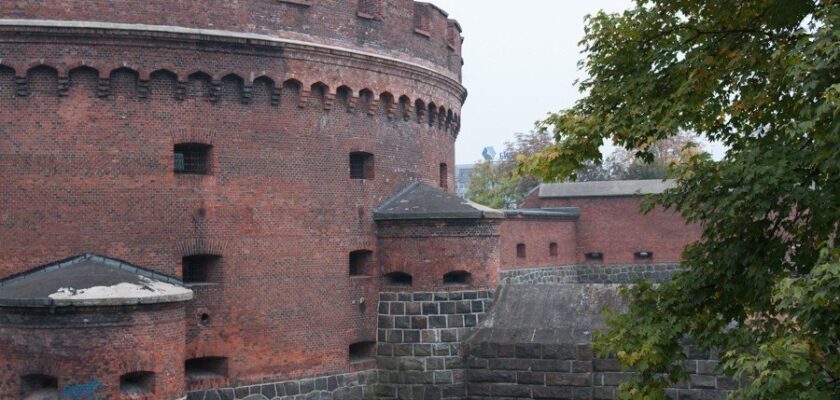Amber Museum in Kaliningrad
Kaliningrad Amber Museum is the only such museum in Russia, opened in 1979. It is located in the center of Kaliningrad, on the shore of Lake Verkhnee, in a mid-19th century fortress tower. The tower was built in 1853 in neo-Gothic style under the direction of the developer of the general plan of fortifications of Koenigsberg, Chief of the Engineering Corps Ernst Ludwig von Aster and was part of the system of city defenses. It was named after the Prussian Field Marshal General Friedrich Karl Don, a participant in the war of liberation against the Napoleonic invasion. The building is also a World War II monument.
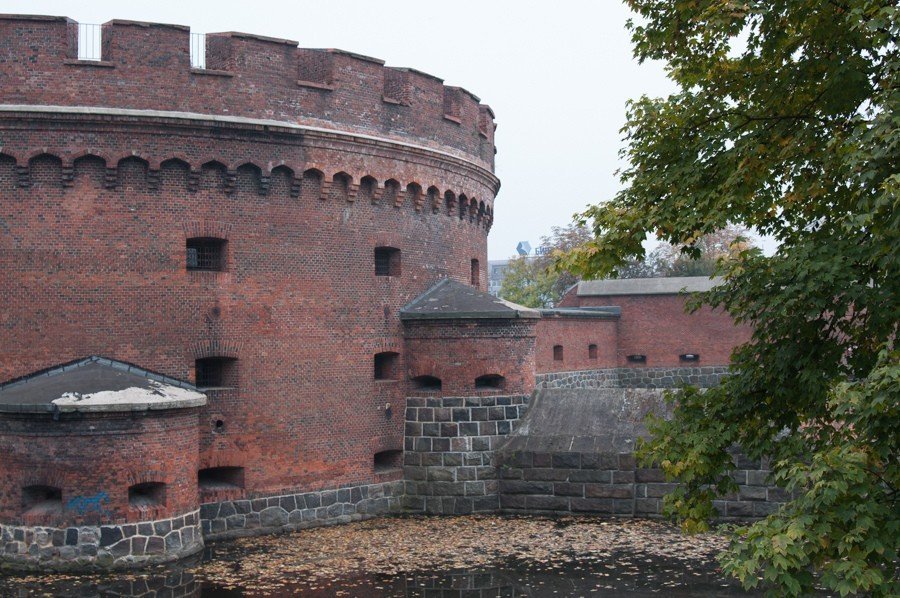
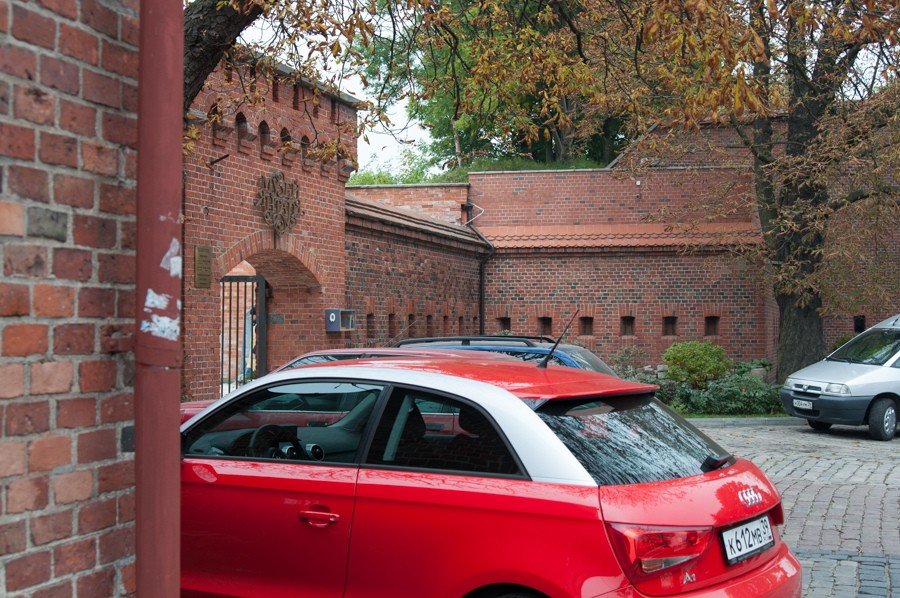
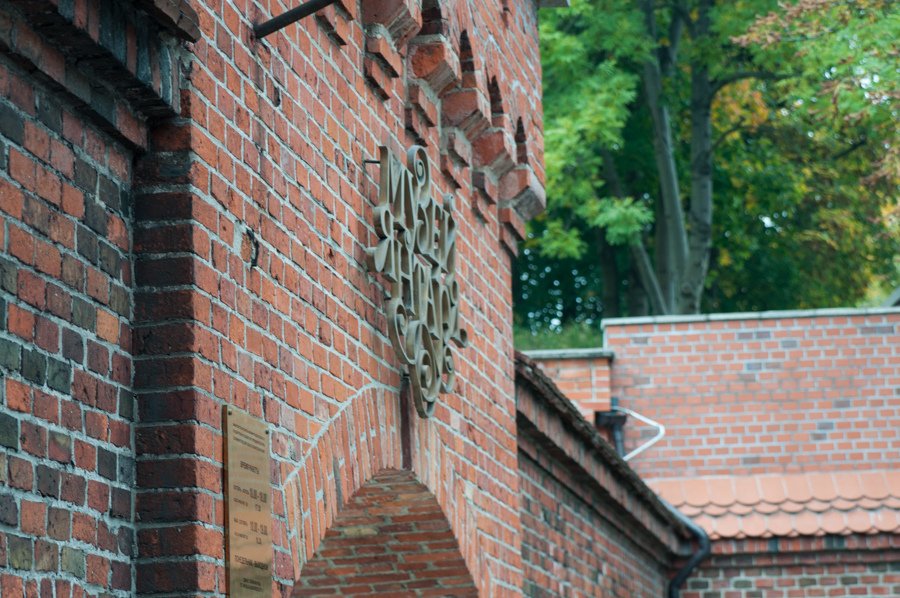
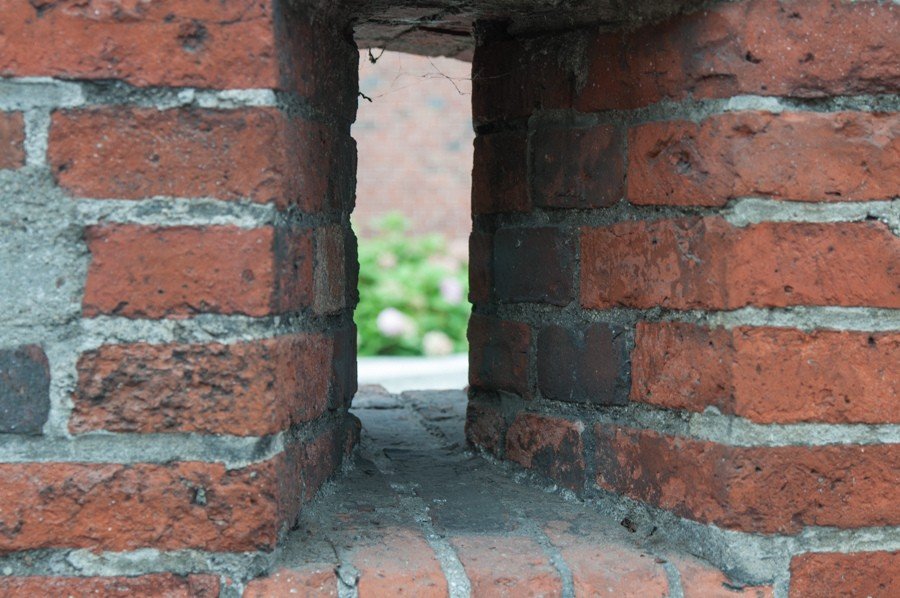
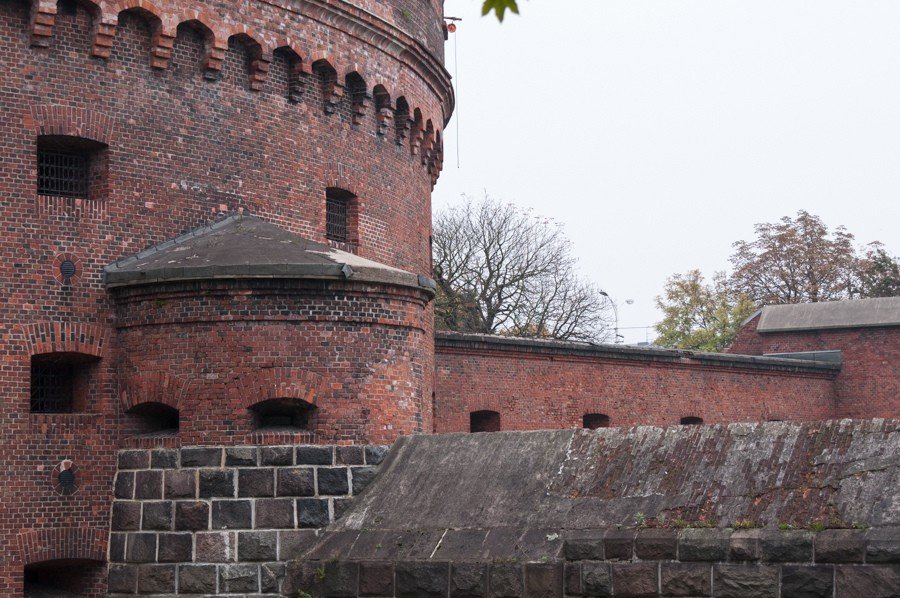
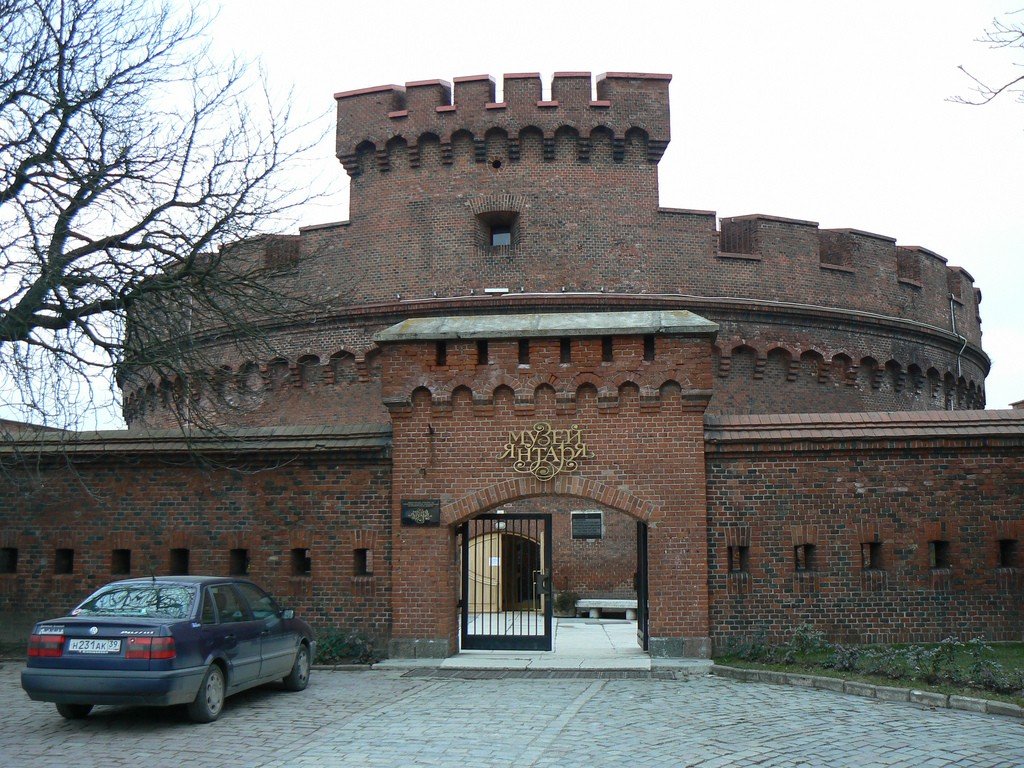
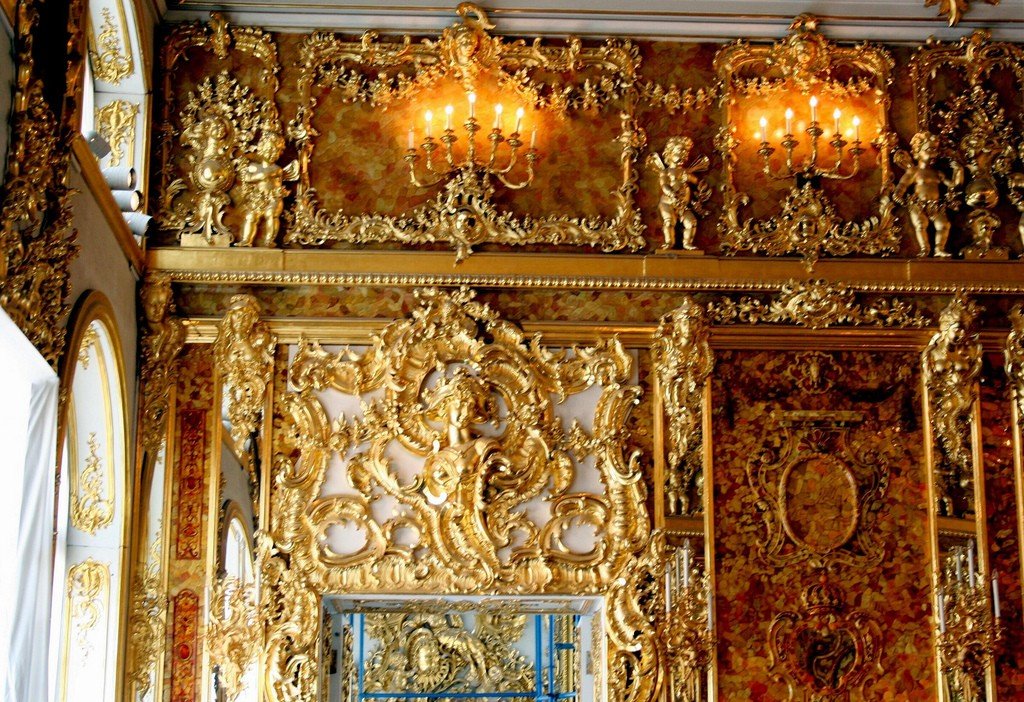
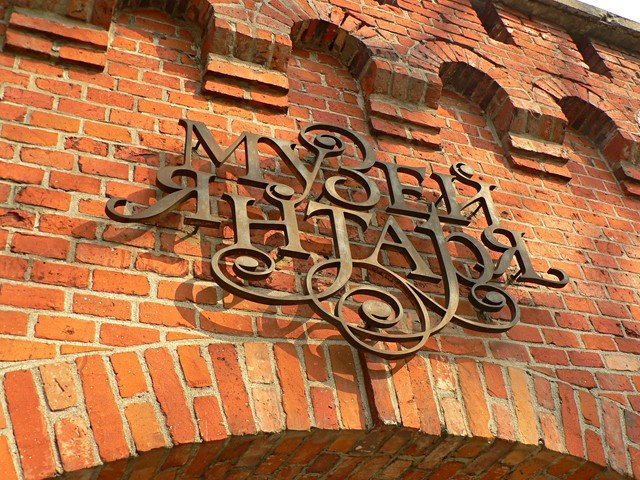
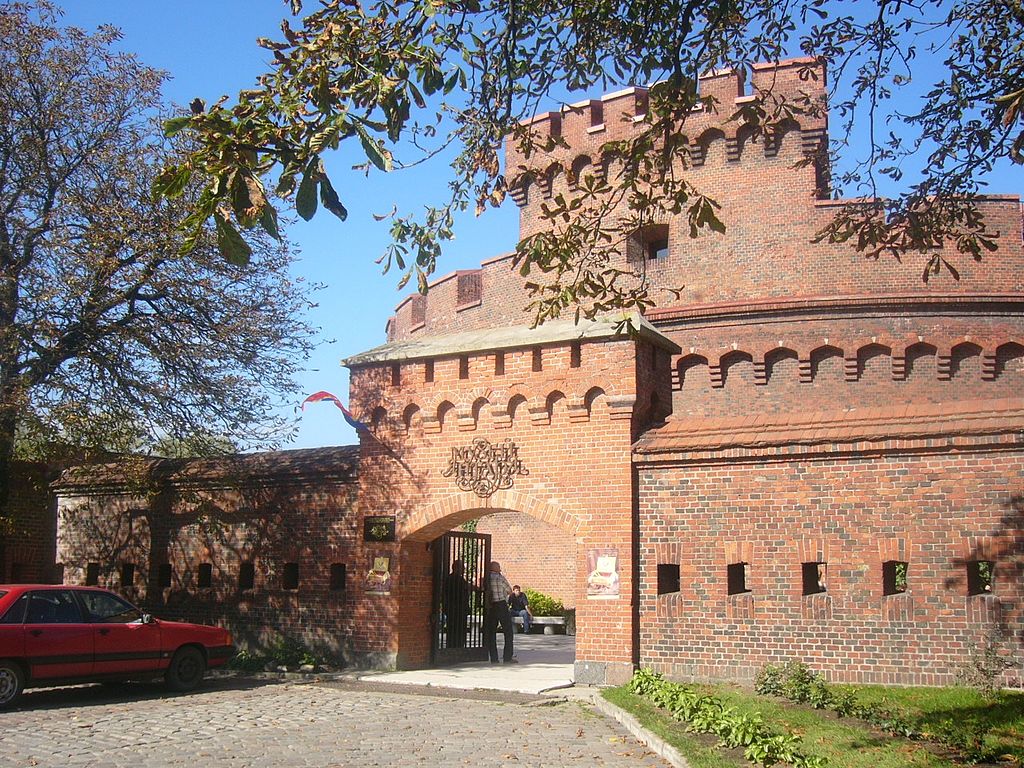
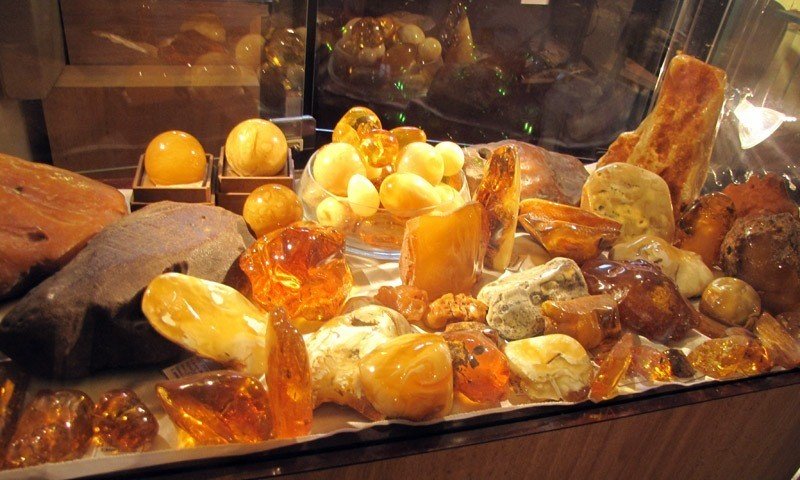
General information
The Amber Museum is a museum of a single mineral. The exposition is located on three floors of the building with a total area of about 1000 square meters. According to the content it is divided into natural-scientific and cultural-historical parts.
The aim of the museum is to systematize natural-scientific, historical-cultural and historical-artistic knowledge about amber and therefore the exposition considers amber in the interrelation of different sciences: paleontology, mineralogy, geology, geography, archeology, history, natural history and art history. The exposition is located on three floors in 28 halls with a total area of about 1,000 square meters, it combines five sections:
- Origin of amber, its properties
- Historical and archaeological knowledge about amber
- Amber in the art of XVII – XVIII centuries .
- Königsberg State Amber Manufactory .
- Kaliningrad Amber Combine
- Amber in the work of contemporary artists
Exhibits
Amber is the petrified resin of ancient coniferous trees that grew more than 40 million years ago on the territory of a part of the bottom of the modern Baltic Sea and the south of the Scandinavian Peninsula. As a result of chemical and physical processes, the resin turned into amber over time.
.
The natural science section presents amber specimens varying in weight, color, and degree of transparency. In our collection there is the largest in Russia “sun stone”: its weight is 4 kg 280 g. A significant part of the collection consists of amber specimens with inclusions of insects, spiders and plant remains that got into the once liquid and viscous resin tens of millions of years ago. The inclusions are important paleontological material for the study of Earth’s past.
.
A separate exposition complex is dedicated to the Königsberg State Amber Manufactory (1926 – 1945) and the Kaliningrad Amber Factory, which began operating in 1947 – the only enterprise in the world with a full cycle of mining and processing of amber.
.A significant part of the exposition is the works of contemporary artists from Russia, Germany, Denmark, Latvia, Lithuania, Poland, USA, France, Japan; among them are jewelry, small plastics, exclusive household items.
.The museum today is one of the brightest cultural places in the city. Its collection has more than 14,000 items. Every year the museum is visited by 160 thousand people, 1200 excursions are held, about 30 exhibitions and projects are organized.
.
One of the important directions of the museum’s work is the organization and holding since 2004 of the international biennale of author’s products from amber “Alatyr” (Old Russian name of the sun stone), since 2012 – the All-Russian exhibition of author’s jewelry art.
.The museum is active in publishing, forming a page about Kaliningrad amber in the history of Russian culture. For the last nine years more than 30 books have been published. All editions are accompanied by a translation into English.
The museum has a library, a communications center (70 square meters hall), a salon selling amber souvenirs and printed materials.
.History
The creation of an amber museum in the westernmost cultural center of Russia was due to a number of reasons. On the territory of the Kaliningrad peninsula there was and still is the world’s largest deposit of amber, as well as the only enterprise where the extraction and processing of the sunstone is carried out in industrial volumes. One of the leading centers of artistic processing of amber in the country operated in the region. The availability of collections of natural amber and amber products allowed to form the exposition of the museum. The initiative to create the museum belonged to the local party and Soviet bodies.
In 1972, the fortress building Fort Dona was allocated for the museum, in which work on the creation of the museum, conceived as a museum of one mineral, began.
.In 1972-1973, the institute “Grazhdanproekt” developed design and estimate documentation for the restoration of the fort and its adaptation to the museum.
.From 1974 to 1978, repair and construction and restoration organizations carried out work on the restoration of facades, carried out interior finishing work, landscaped the surrounding area.
.
Artistic design of the exposition was carried out by the decorating combines of the Leningrad branch of the Art Fund of the RSFSR (authors of the project Khozatsky and Elenevskaya). Showcases, lighting fixtures, colored stained glass for windows, mosaics for the fountain, ceramic floor vases for flowers in the inner and outer courtyards, still lifes, etchings, amber products, color slides and photographs were produced.
.On December 29, 1979, the museum opened its doors to all comers. Since that day about six million people have visited its halls.
.
About ten years ago, a sculpture for the fountain, made by sculptor Robert Derbentsev, appeared in the courtyard.
.In May 2003, an important event in the fate of the Amber Museum took place – it acquired the status of an independent cultural institution. This date became the starting point of a new style of life of the museum, and thus, a change in its role and importance on the cultural map of the city.
.
